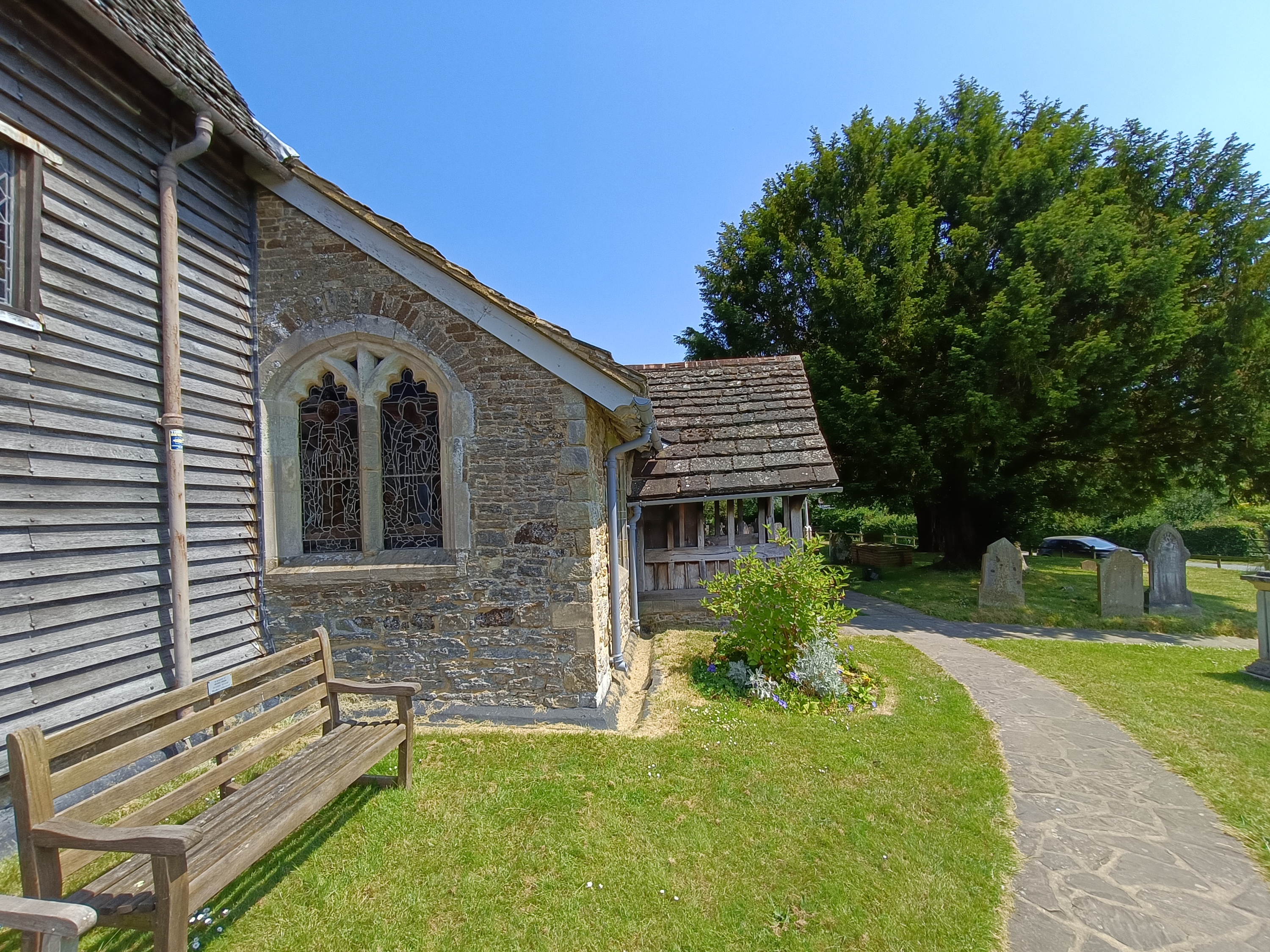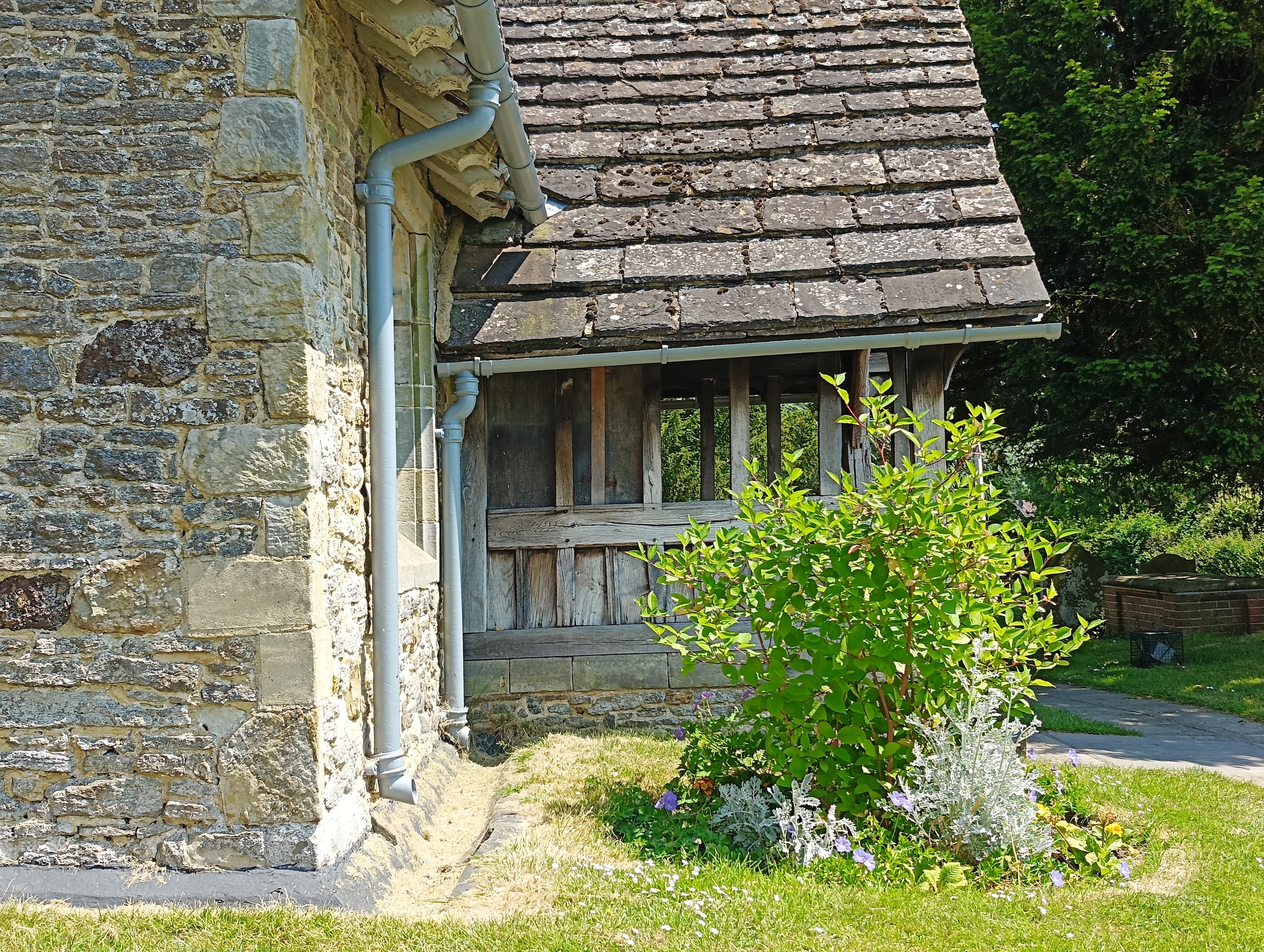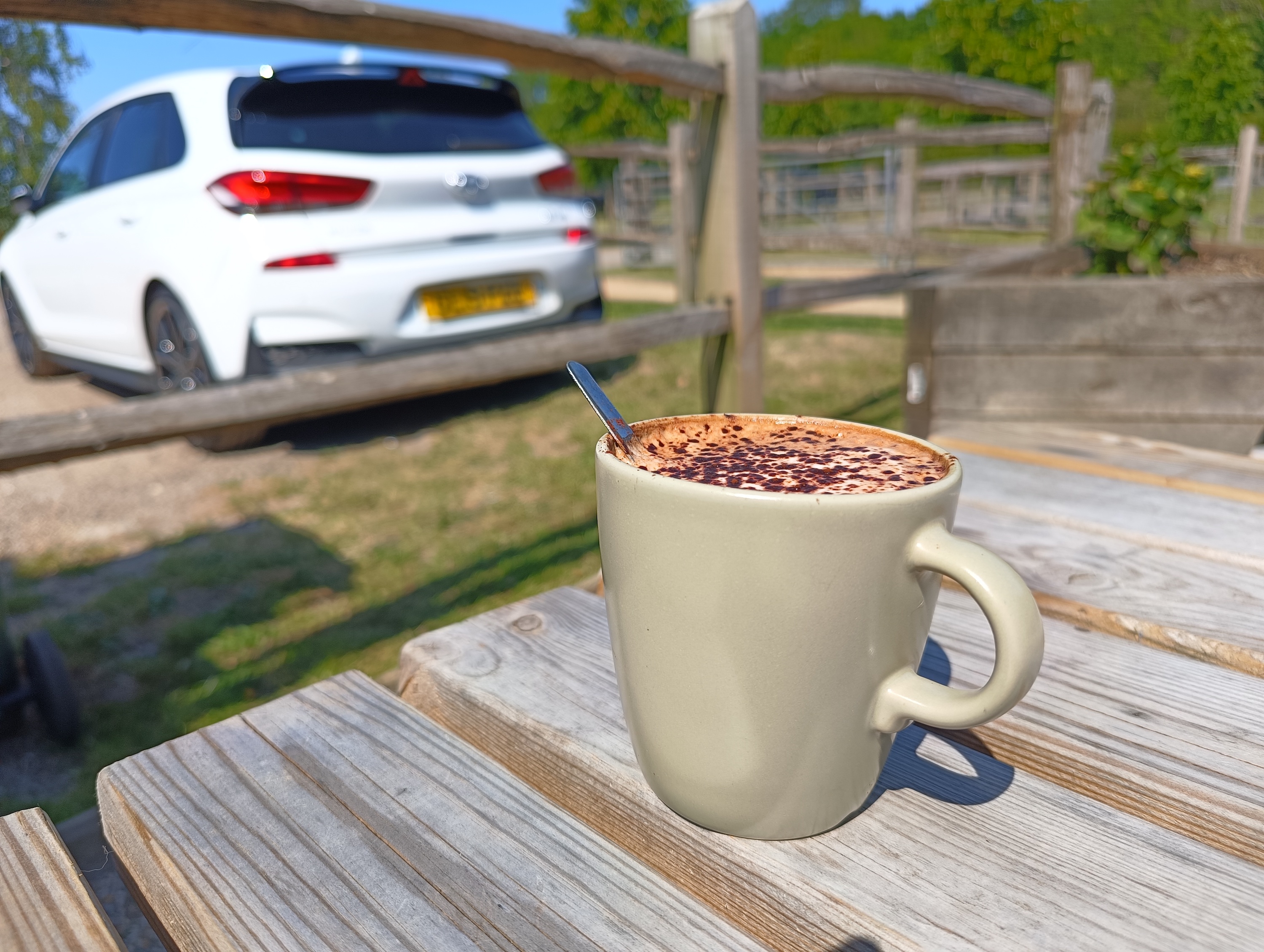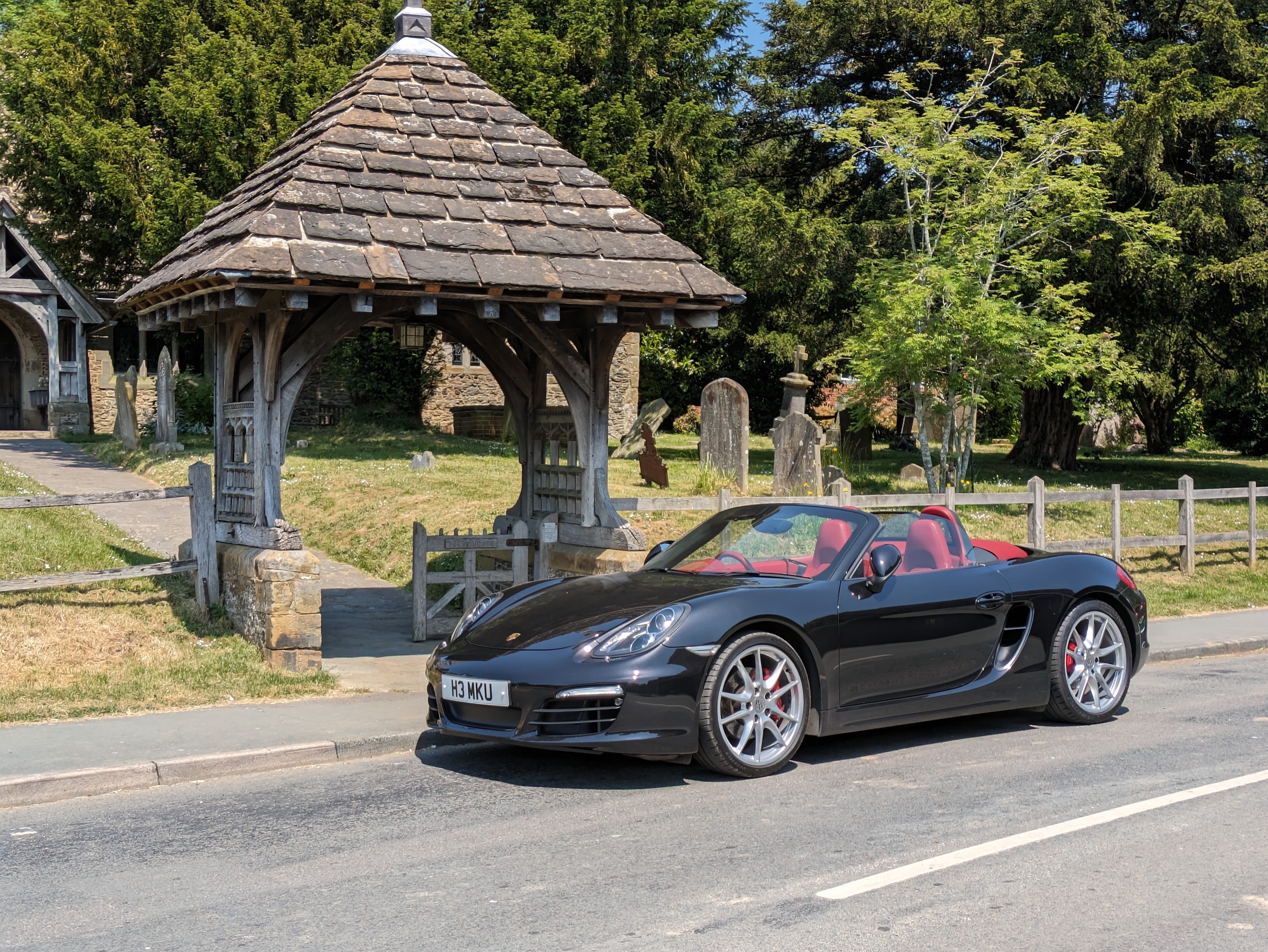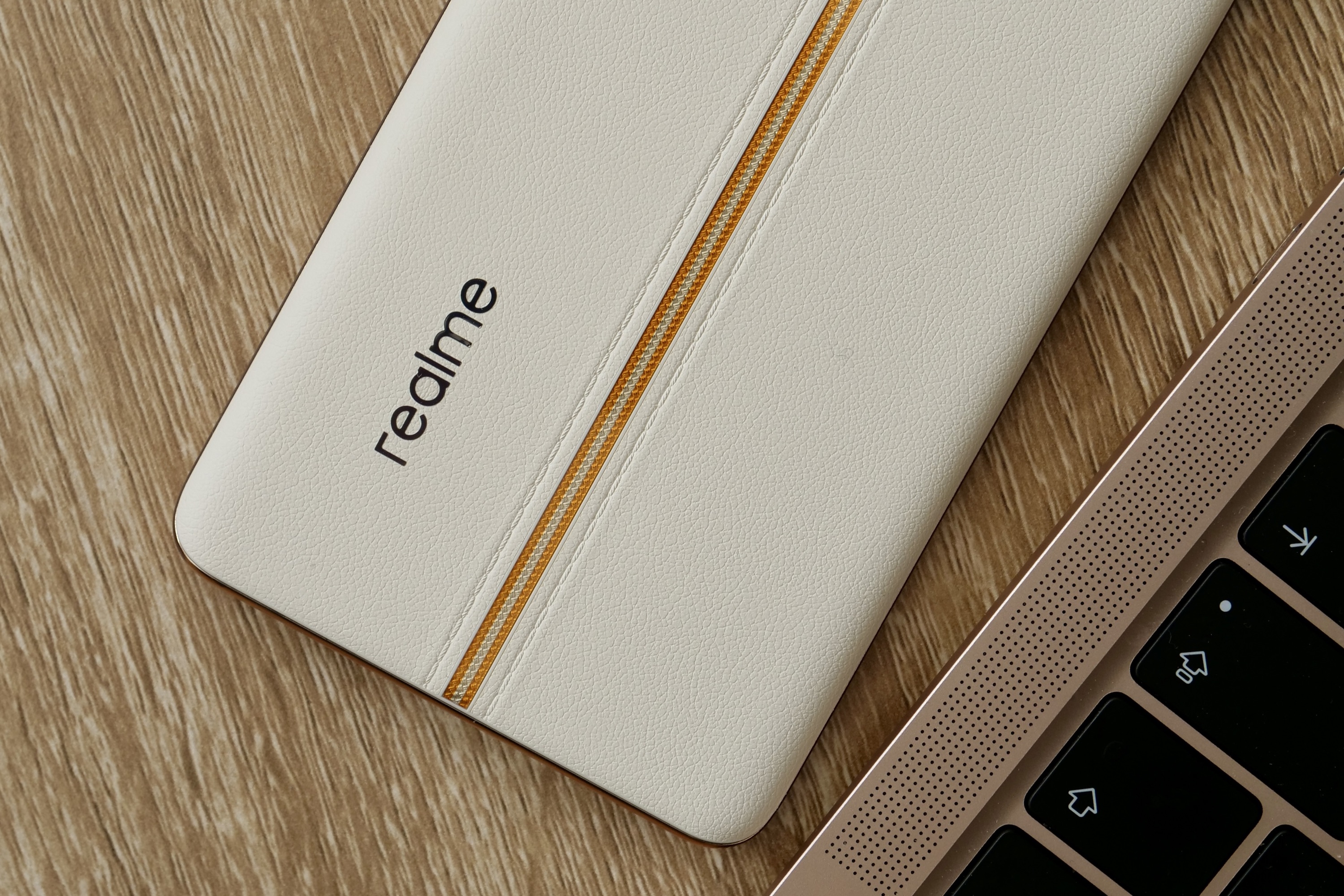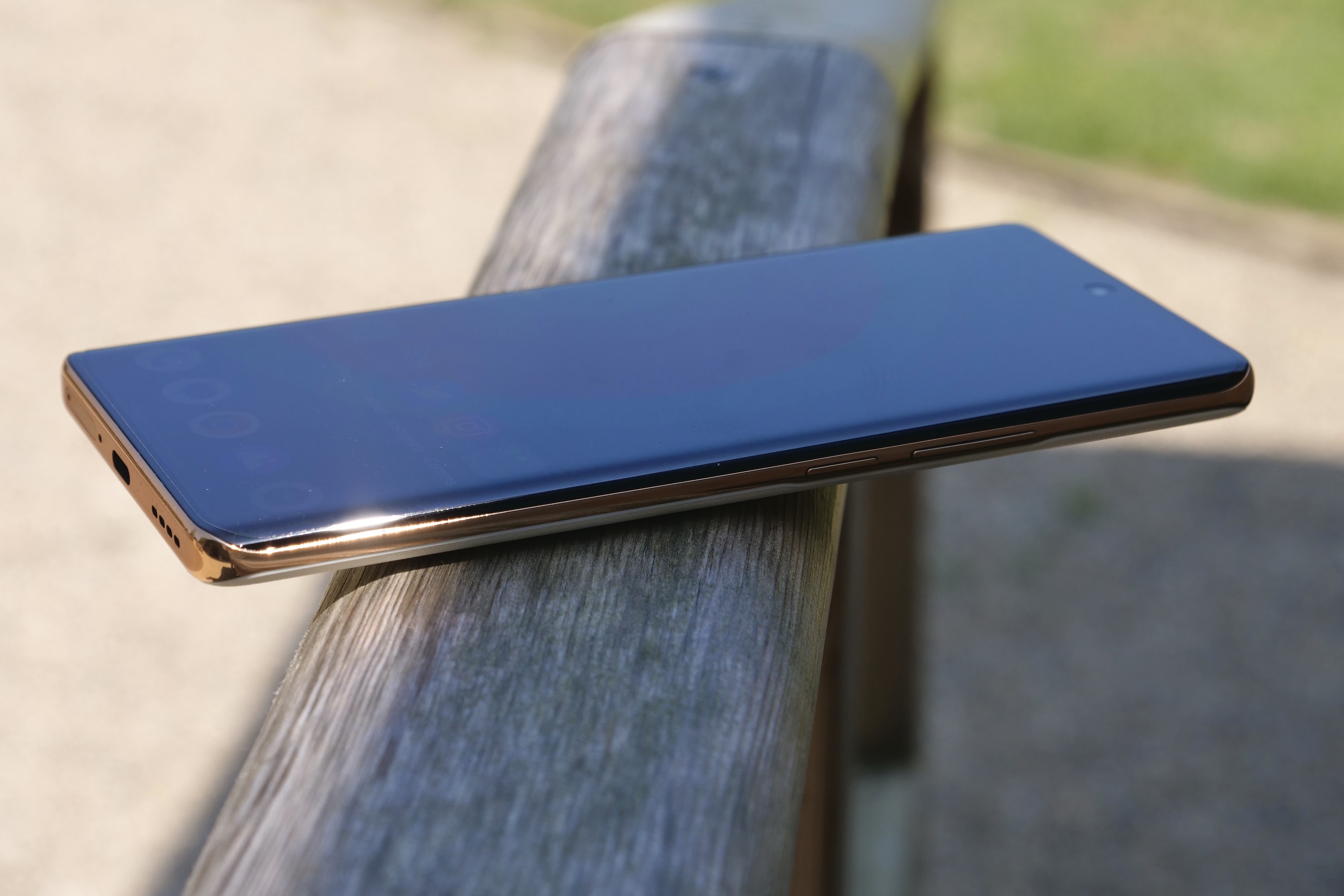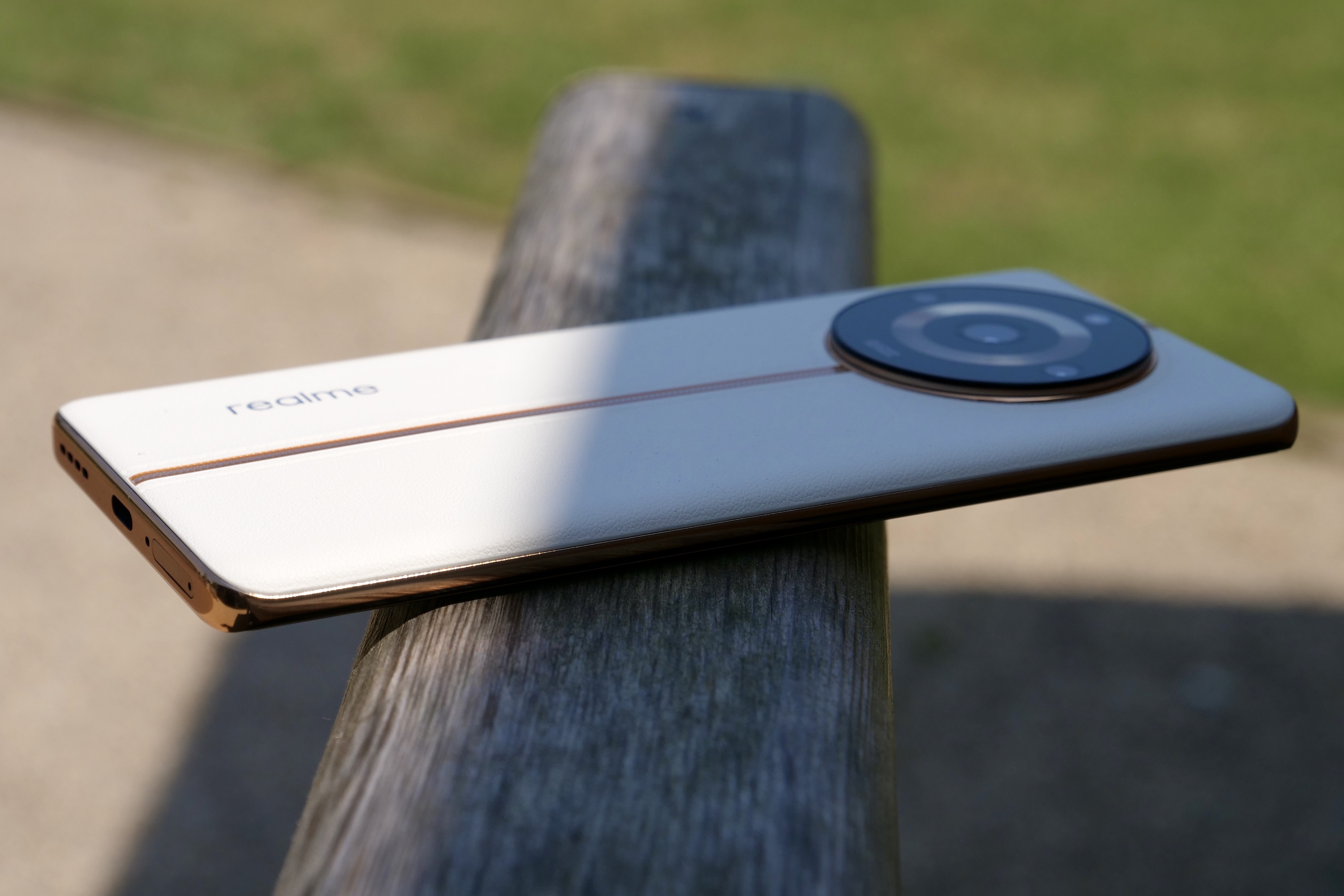
Realme is showing the way forward for cheap phones, and although the new Realme 11 Pro+ isn’t perfect, it’s ambitious and interesting in a way low-cost phones very rarely are.
I’ve used the phone for almost a week and can see where its weaknesses lie, but also where Realme is trying new things in order to provide more value and elevate cheap Android phones like this beyond the mundane.
Making it look brilliant

To look at the Realme 11 Pro+’s rear panel, you’d never believe it’s a mid-range phone. The model in our photos is in Sunrise Beige, a pleasing off-white color, with a central silver and gold line running from top to bottom. Either side of it is textured fake leather, complete with similarly fake stitching. I think it looks brilliant. The camera module isn’t gigantic, and I like the contrasting gold circle motif, which looks like the surface of a vinyl record in the right light.

The chassis is plastic, and I’m not a fan of its gold color, but it definitely stands out — while the tapered edges aren’t so sharp that it ruins the ergonomics. It reminds me of flagship phones from a few years ago, like the OnePlus 9 Pro and the Huawei P30 Pro, and I’m pleased Realme hasn’t just chosen to copy popular designs from Samsung and Apple. The faux leather gives it class and tactility, the shape feels good in your hand, it’s really light at 189 grams, and it won’t be mistaken for any other phone.
The real win is that it doesn’t look or feel cheap. I’ve recently enjoyed the Google Pixel 7a for similar reasons, and the Realme 11 Pro+ continues that same theme — that just because it’s not $1,000, doesn’t mean it has to look ordinary and boring. There are other colors available, but one of the two fake leather versions (the other is called Oasis Green) is the one to get. Best of all? It doesn’t attract any horrid smudges or fingerprints like many of its glossier competition.
Doing interesting things with the camera

The star of the show in the Realme 11 Pro+ is a Samsung ISOCELL HP3 200-megapixel camera, and it has an interesting lossless zoom feature that provides 2x and 4x zoom capabilities. This doesn’t mean it has an optical zoom, but rather the camera digitally crops images to produce the zoomed-in effect. However, as it uses all the superior 200MP camera’s many pixels, you’re not losing quality in the process.
Putting an optical zoom or periscope telephoto camera on a phone increases the price, and this is an interesting way to offer a desirable feature without pushing up the overall cost. Anyone who has used a normal digital zoom knows the feature isn’t very good, so does Realme’s promise of lossless zoom photos stand up under scrutiny?
All things considered, it does a very good job. The 2x zoom is better than the 4x mode, where it can be obvious the camera crops the image, but the 2x mode avoids too much digital correction for a pleasing final result. You can see a comparison between the Realme 11 Pro+ and the Google Pixel 7a’s 2x mode in the gallery below. It’s not quite able to match the Pixel 7a’s contrast, detail, and color, but it’s very close. Remember, the phone is cheaper than the Pixel 7a and doesn’t have Google’s amazing processing tools inside.
I’m not going to pretend the camera is perfect. It still needs work on the software tuning side, as the colors are often way too saturated, and you can clearly see digital enhancement when the conditions are difficult. But considering the price, I think the results from the main camera and the 2x zoom are good.
Even the 4x is decent, and it’s amazing I’m saying this about a phone at this price point. It’s a credit to Realme that it has come up with a way to add such a desirable feature to a cheap phone. I’ll come back to the other cameras in a later section, but don’t expect them to match the 200MP camera’s ability.
Other not-so-cheap features
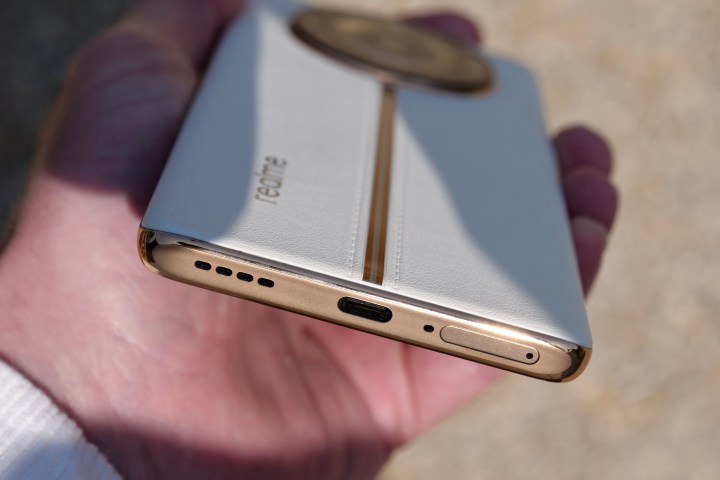
Inside the Realme 11 Pro+ is a 5,000mAh battery, but this isn’t all that different from other phones in general, regardless of the price. It’s the 100W fast charging that separates the phone from others, as wired charging that fast isn’t seen on many phones at this price. When you consider cheap phones from Samsung, Motorola, and Google can’t get anywhere near this speed, it adds a lot of value to the Realme 11 Pro+.
I’ve also so far been impressed with the phone’s efficiency. It features the MediaTek Dimensity 7050, a relatively new processor I’ve not used before. With about four hours of screen time, the battery still has at least 50% remaining at the end of the day. The phone’s price and position in the market suggest it’s not designed for power users, and the chip isn’t a high-end model, but there’s more than enough performance and efficiency here for regular, general use.
The rest of the specification is decent too. The 6.7-inch OLED screen has a 120Hz refresh rate, a 2412 x 1080 pixel resolution, and HDR10+ certification. There’s also 12GB of RAM, 512GB of storage space (at least, in my review model), NFC for Google Pay, and 5G connectivity. You can even buy a version with 1TB of storage space.
It hasn’t got everything right
The 200MP camera and its lossless zoom is an interesting and unusual feature to find on a low-cost phone like this. It can’t challenge phones like the Samsung Galaxy S23 Ultra, but seeing as it’s a quarter of the price, it does a very solid job. However, the 200MP camera is the only one worth using, as it’s joined by an always-disappointing 8MP wide-angle camera and a pointless 2MP macro camera.
These are staple features on cheap phones, and they don’t really do much apart from bolstering the lens count. The selfie camera has 32MP, which sounds impressive, but it takes generally very poor photos, washing out all color and detail in sunlight. I have absolutely no wish to use it at all.
The Realme 11 Pro+ actually does deliver strong value.
Then there’s the software. I’m using the phone ahead of its release in India, which is its first international destination after its launch in China a few weeks ago. It uses Android 13 with RealmeUI 4.0, and during setup, it obfuscates the forced installation of a dozen games, which join the many, many pre-installed apps. While RealmeUI 4.0 is perfectly reliable, it’s not really any different from ColorOS or OxygenOS, so it lacks identity.
Finally, and the part I’ve hated about the Realme 11 Pro+ the most, is the automatic brightness. It’s obsessed with keeping it at the lowest setting and will quickly lower it whenever it has the chance. It’s very annoying, and I repeatedly wonder why I can barely see what’s going on, despite increasing the brightness manually so often. The screen itself isn’t very bright generally, and outside in sunlight, it’s not especially visible.
A cheap phone you’d be proud to own
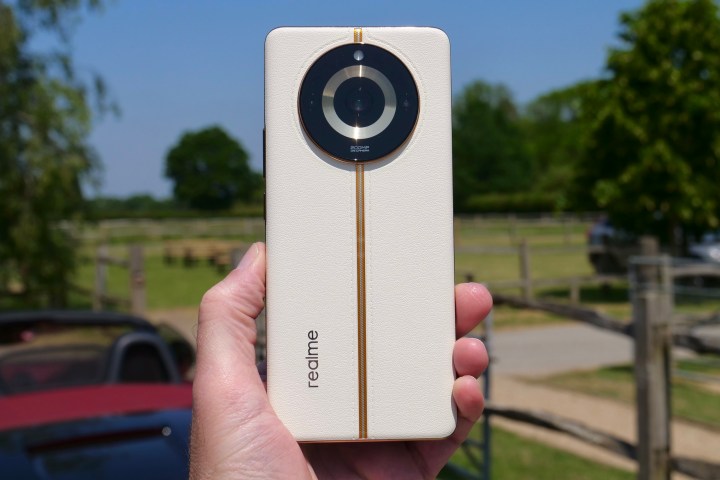
When you look at the specification sheet, the Realme 11 Pro+ sounds like it should cost a lot more than it does, but we’ve all been fooled by this tactic before. For once, though, provided you keep your expectations in check, the Realme 11 Pro+ actually does deliver strong value. Few other phones have a 200MP camera with a (somewhat) decent zoom feature, 100W wired charging, and a unique design for this price.
Realme’s aggressive pricing and efforts to make the phone alluring need to prompt others to do the same. We don’t want gimmicks, we want features that are worth using on a regular basis and that genuinely add value. There’s also no reason why a phone has to look boring or only be made out of glossy, shiny materials. This is the way forward for cheap phones.
The Realme 11 Pro+ will be released in India in the near future, with other regions in Asia and Europe to follow. A release in the U.S. is almost certainly not going to happen, and there’s no news on a U.K. release either. The Realme 11 Pro+ costs the equivalent of $280 in China, but when it reaches India it’ll cost the equivalent of $530, so while it won’t be quite as cheap, it’s still cracking value.
